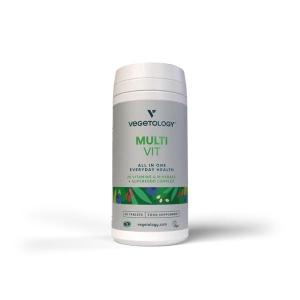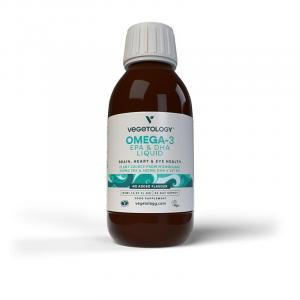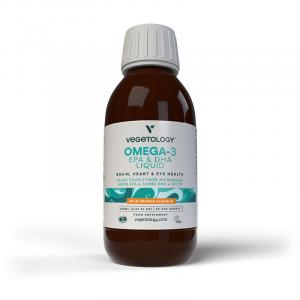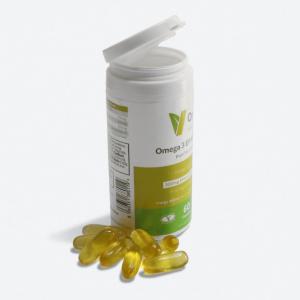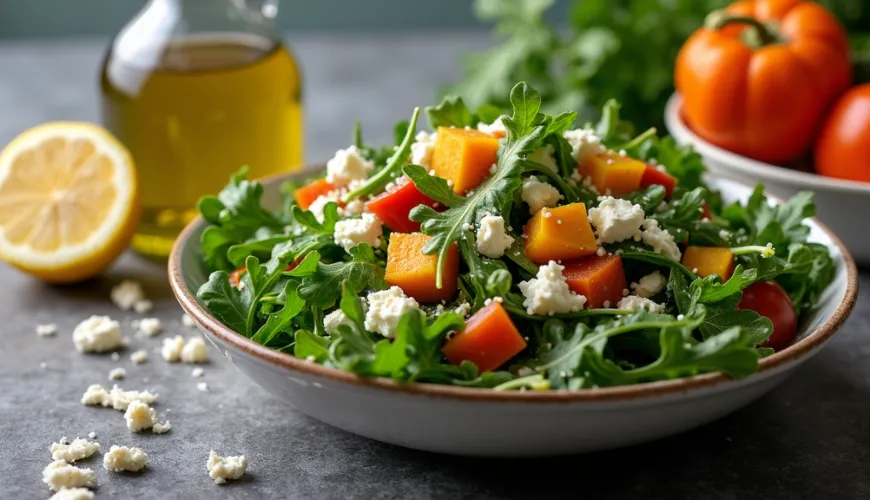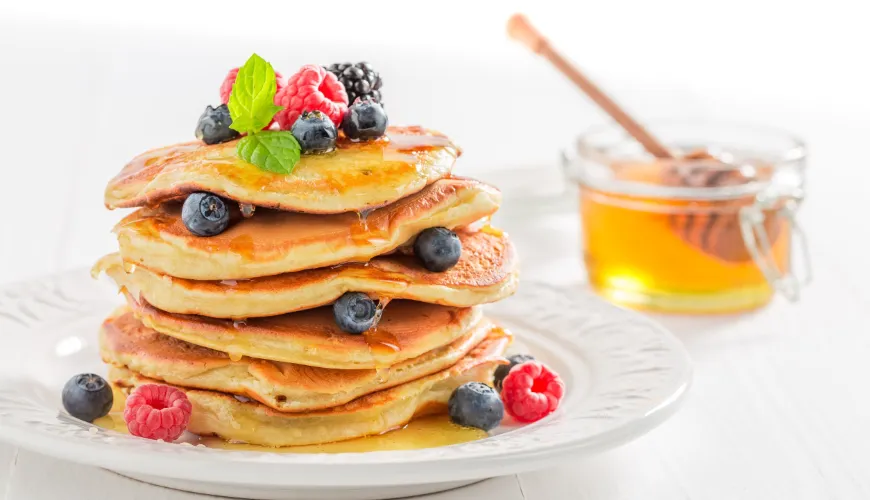
Discover How an Anti-Yeast Diet Menu Can Change Your Energy
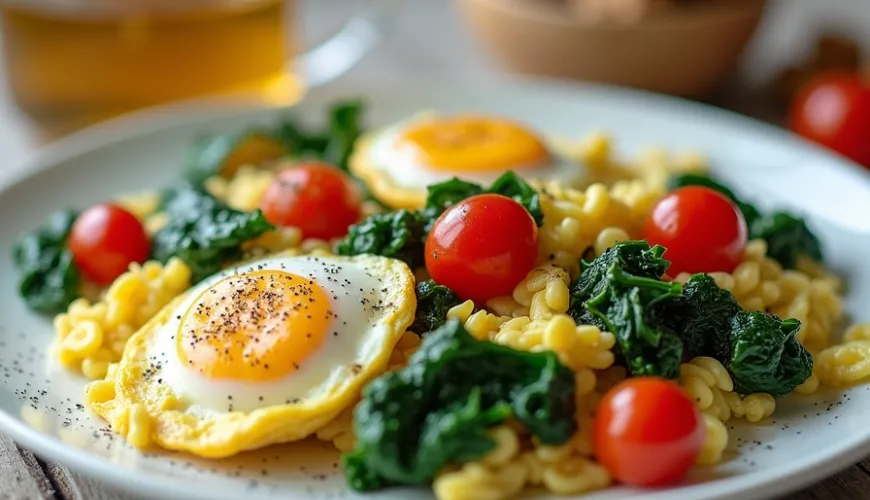
Anti-Yeast Diet: How to Create a Balanced Meal Plan Without Excess Sugars and Yeast
Constant fatigue, bloating, digestive issues, or recurring infections – these can all be symptoms of an overgrowth of yeast in the body, particularly the species Candida albicans. This common microorganism lives in the intestines of most people, but once its amount gets out of control, it can cause a number of unpleasant symptoms. This is where the anti-yeast diet comes into play, helping to restore the balance of intestinal microflora and alleviate symptoms of candidiasis.
It's definitely not a typical weight-loss diet – the goal is not weight reduction, but a healthier internal environment of the body. Although this dietary regime may initially be more challenging, a well-structured meal plan for the anti-yeast diet can be not only healthy but also tasty and varied.
How Does the Anti-Yeast Diet Work and What Prevents Yeast Overgrowth?
The basic principle is simple: limit the intake of foods that promote yeast growth and support those that help restore intestinal balance. The main culprits? Sugars and carbohydrates, which yeast love. When we overfeed on them, we create ideal conditions for their uncontrolled proliferation.
In addition to sugar, it's necessary to limit refined grains, alcohol, some types of fruit, and fermented foods with a high yeast content. Conversely, the dietary regime emphasizes fresh vegetables, quality proteins, healthy fats, and probiotic foods.
Although the meal plan for an anti-yeast diet may seem restrictive, there are many ways to adjust it according to individual preferences. The key is planning, knowing the allowed ingredients, and a willingness to explore new recipes.
What to Eat and What to Avoid
At the beginning, it's important to set clear boundaries. The initial phase of the diet usually lasts 4–6 weeks and is the strictest. During this time, the body cleanses and adapts to the new regime. Many people experience a so-called detox crisis – a temporary worsening of symptoms due to yeast die-off during the first few days.
Foods to avoid in the first phase:
- Added sugars (including honey, agave, syrups)
- Sweet fruits (bananas, grapes, mango)
- White flour and products made from it (bread, pasta, cookies)
- Alcohol (especially beer and wine)
- Yeast and fermented products (sourdough bread, beer, some cheeses)
- Processed foods with preservatives and additives
Foods suitable for the anti-yeast meal plan:
- Leafy and crunchy vegetables (kale, broccoli, arugula, spinach)
- Low-carb fruits (citrus fruits, avocado, berries in small amounts)
- Quality proteins (eggs, poultry and fish, legumes in limited amounts)
- Healthy fats (coconut oil, olive oil, avocado, nuts and seeds)
- Probiotics (unsweetened fermented vegetables, unsweetened kefir, kimchi)
- Gluten-free grains with a lower glycemic index (quinoa, buckwheat, amaranth)
One common myth is the belief that nothing tasty can be eaten during the anti-yeast diet. The opposite is true. With proper planning, it is possible to create an anti-yeast meal plan that is varied, nutritious, and also supports the body's natural detoxification.
Sample Anti-Yeast Meal Plan for a Day
To get a better idea of how a day might look like while following the anti-yeast diet, let's take a practical approach – perhaps as inspiration for tasty, healthy, and balanced eating that supports your overall well-being. Start the morning with a nutritious and pleasantly warm breakfast – scrambled eggs with spinach and cherry tomatoes sautéed in coconut oil not only fill you up but also provide the body with the needed proteins and healthy fats.
A cup of sugar-free green tea or a herbal infusion, which energizes the body without unnecessary sugar load, goes well with it. A simple and quick morning snack can be a cup of unsweetened coconut kefir, which is gentle on digestion, or a few walnuts, which are rich in healthy fats and have a pleasant crunch. For lunch, enjoy something nutritious that won't burden digestion – perhaps grilled chicken breast with roasted broccoli and sweet potatoes, seasoned with a homemade dressing from olive oil, lemon, and a bit of garlic; this adds flavor and a dose of natural antioxidants to the meal.
Try our natural products
Afternoon hunger can easily be tamed with a few slices of avocado, sprinkled with flaxseeds and a pinch of pink Himalayan salt – such a snack is not only delicious but also nutritionally well-balanced. And for dinner? Ideally something light that won't put you to sleep within an hour – vegetable curry made from zucchini, cauliflower, and peppers cooked in coconut milk has the right amount of spices and a satiating effect, and when you add a bit of jasmine rice or quinoa, you have a complete meal that ends the day stylishly and without regrets.
This beautifully illustrates that the meal plan can be very tasty even without sugar and yeast. It also includes enough fiber, protein, and healthy fats, which supports not only gut health but also the overall immune system.
How the Anti-Yeast Diet Changed the Life of One Family
The story of Mrs. Jana, a mother of two from Ostrava, shows how this type of eating can change daily life. "I suffered from recurring vaginal yeast infections for a long time, I was constantly tired and had no zest for life. On a friend's recommendation, I tried the anti-yeast diet. The first weeks were challenging, especially due to sugar withdrawal, but after a month I felt like a different person. My skin improved, I had more energy, and the infections stopped. Now I don't follow the diet as strictly, but I've kept many of its principles."
This example highlights that the anti-yeast diet doesn't have to be just a temporary solution but can become the foundation for long-term healthy eating. It's not necessary to be 100% strict for life – just knowing which foods benefit the body and which to avoid is enough.
What Else Helps Besides Diet?
Changing eating habits is fundamental, but the effectiveness of the anti-yeast diet can be supported by other steps. Regular exercise, sufficient sleep, reducing stress, and supporting detoxification processes (e.g., through saunas or herbs) can significantly help.
Dietary supplements such as oregano oil, garlic capsules, grapefruit seed extract, or caprylic acid are known for their antifungal effects and can be incorporated into the regime according to an expert's recommendation.
Interestingly, the anti-yeast diet is gaining popularity even among people who don't suffer from candidiasis but are looking for a way to "restart" their metabolism, improve digestion, and reduce sugar dependency.
As noted by renowned nutrition specialist Kris Carr: “Our table is a laboratory, and every meal we choose is a choice between health and disease." The anti-yeast meal plan can be the first step for many towards a healthier life.
Change begins on the plate – and sometimes just a small step is needed for a significant transformation.
